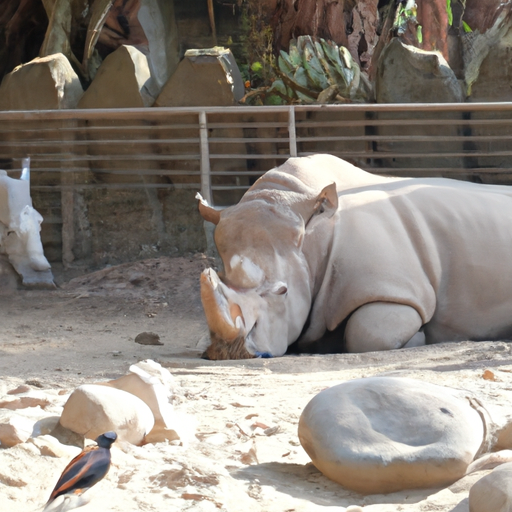 Animal breeding is a fundamental practice in agriculture that involves the selective mating of animals to produce offspring with desirable traits. This process has been carried out for centuries and has played a crucial role in shaping the characteristics and productivity of various animal species. Animal breeding is conducted in various settings, ranging from small-scale farms to large commercial operations, and is essential for ensuring the sustainability and continuous improvement of livestock populations.
Animal breeding is a fundamental practice in agriculture that involves the selective mating of animals to produce offspring with desirable traits. This process has been carried out for centuries and has played a crucial role in shaping the characteristics and productivity of various animal species. Animal breeding is conducted in various settings, ranging from small-scale farms to large commercial operations, and is essential for ensuring the sustainability and continuous improvement of livestock populations.
One significant location where animal breeding takes place is on traditional family farms. These farms are often passed down through generations, and the breeding practices employed here aim to maintain and enhance the desirable traits of the animals. Family farms usually focus on breeding animals for specific purposes such as milk production, meat quality, or wool production. These breeders carefully select individuals with the desired traits and mate them to produce offspring that inherit these qualities.
Another location where animal breeding occurs is in specialized breeding facilities. These facilities are usually established by agricultural companies or research institutions and are dedicated to breeding animals for specific purposes. For example, there are facilities focused on breeding high-yielding dairy cows or genetically superior beef cattle. These facilities utilize advanced breeding techniques such as artificial insemination, embryo transfer, and genomic selection. They have access to a vast range of genetic information and use it to identify the best mating combinations to maximize the desired traits in the offspring.
In addition to family farms and specialized facilities, animal breeding is also carried out in research institutions and universities. These institutions play a crucial role in advancing the field of animal genetics and developing new breeding strategies. Researchers here work on projects aimed at improving animal health, disease resistance, adaptability to different environments, and overall productivity. They conduct extensive studies, analyze genetic data, and conduct experiments to better understand the genetic makeup of animals and how it impacts their traits.
Animal breeding is not limited to domesticated livestock species; it is also practiced with companion animals such as dogs and cats. Breeding these animals requires a different approach, as the focus is primarily on traits such as temperament, appearance, and overall health. Responsible breeders carefully select parent animals with desirable characteristics to ensure that offspring are healthy, well-tempered, and meet breed standards. This type of breeding takes place in private homes, specialized breeding kennels, or catteries, where the breeders have a deep understanding of the breed’s history and genetic traits.
The process of animal breeding involves several key stages. The first step is selecting the parent animals, also known as the breeding stock. These animals are chosen based on their desirable traits, genetic background, and overall health. Breeders often use tools such as pedigree analysis, performance records, and genetic testing to aid in their selection process. Once the breeding stock is chosen, the next step is to mate them. This can be done naturally, through natural mating, or artificially, using techniques like artificial insemination or in vitro fertilization. After mating, the animals undergo a gestation period, which varies depending on the species. Finally, the offspring are born, and they are evaluated based on their traits, health, and performance.
The ultimate goal of animal breeding is to improve the overall quality and productivity of animal populations. This can be achieved by selecting animals with superior traits and continuously refining the breeding process over generations. Through careful selection and breeding, breeders can enhance traits such as milk production, meat quality, growth rate, disease resistance, and adaptability to different environments. These improvements contribute to the sustainability of livestock production and help meet the growing demand for animal products in a more efficient and sustainable way.
In conclusion, animal breeding takes place in various locations, including family farms, specialized breeding facilities, research institutions, and private homes. It is a meticulous and scientifically driven process that aims to enhance desirable traits in animals and improve the overall quality and productivity of livestock populations. Animal breeding plays a vital role in ensuring the sustainability of agriculture and meeting the increasing demand for animal products. With continued advancements in genetics and breeding techniques, the field of animal breeding is poised to make significant contributions to the future of agriculture.
